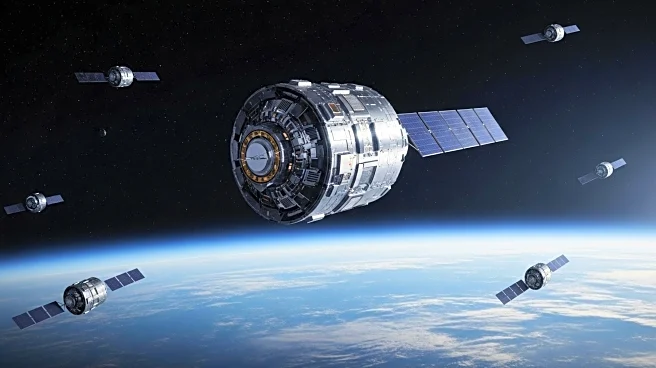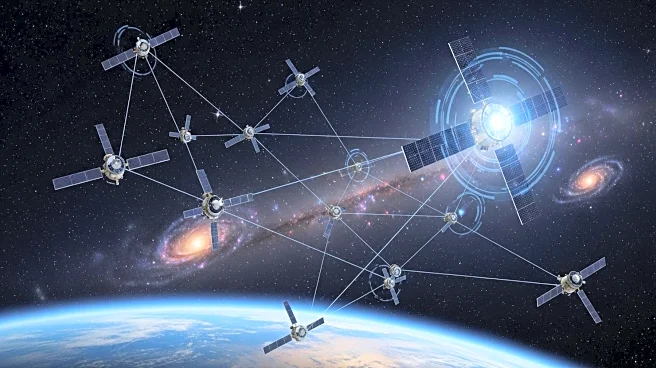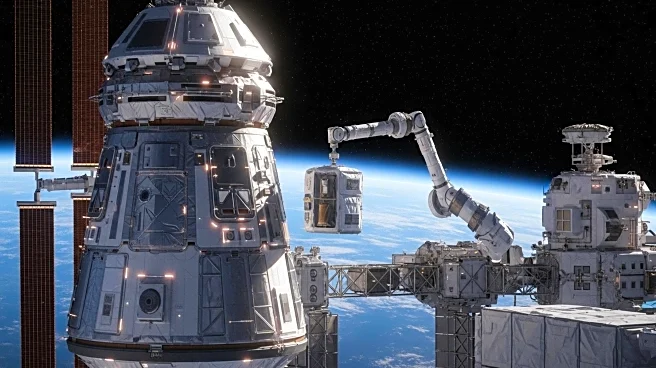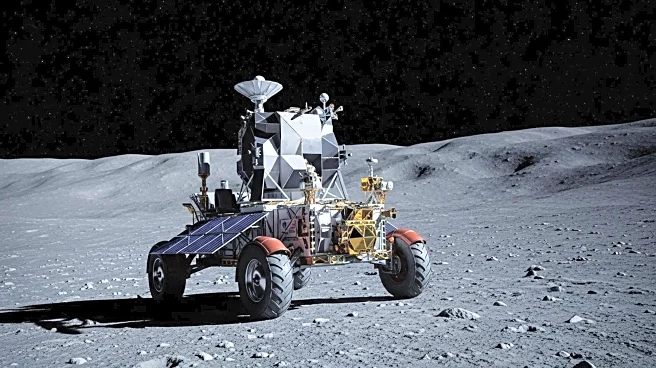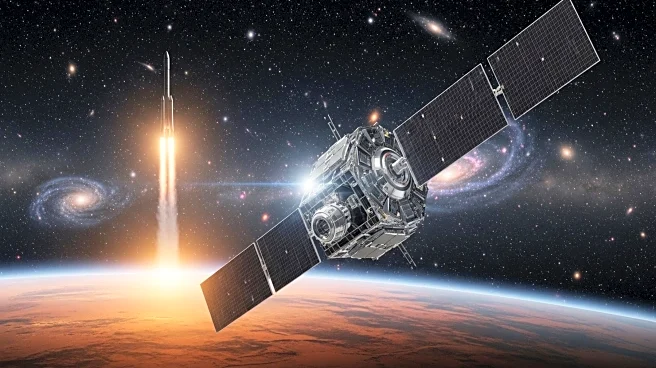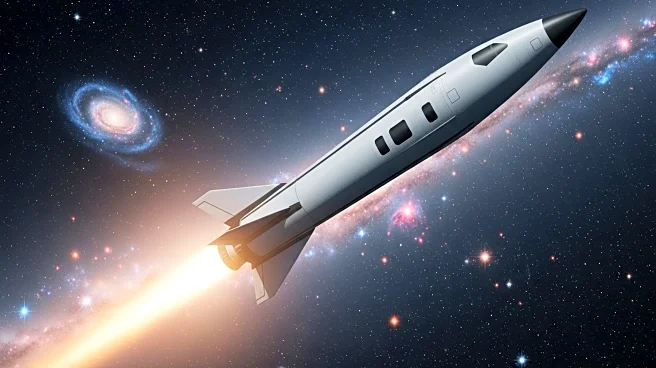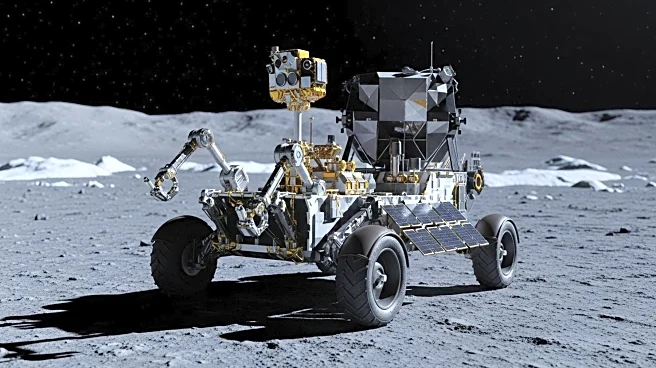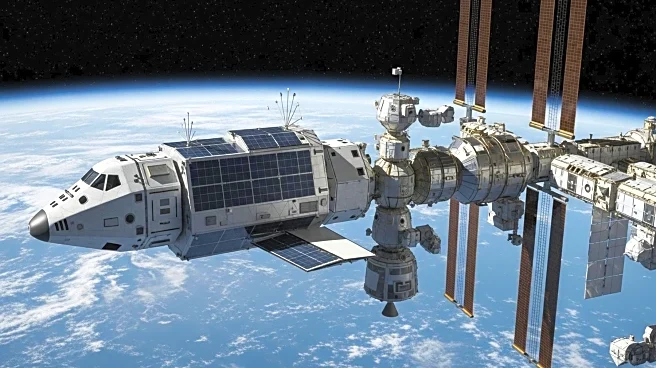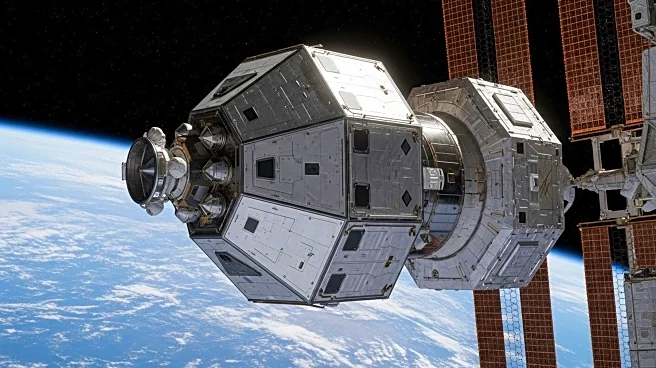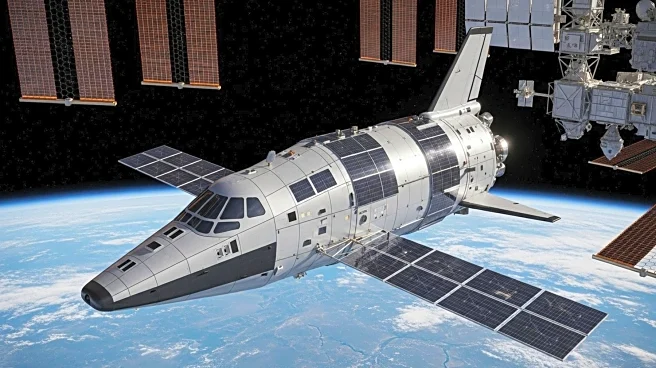What's Happening?
The space race is heating up with significant developments in launches, moon missions, and policy decisions. SpaceX launched 24 Starlink satellites, marking its 84th mission of 2025, while NASA awarded Blue Origin a contract to deliver the VIPER lunar rover to the Moon's south pole in 2027. NOAA is preparing to launch a new space weather satellite to replace aging solar sentinels. Northrop Grumman's ISS cargo delivery faced delays but was successfully rescheduled. SpaceX's acquisition of wireless spectrum licenses from EchoStar aims to expand Starlink's direct-to-cell phone service.
Why It's Important?
These developments highlight the growing competition and collaboration in the space industry. SpaceX's rapid launch cadence and spectrum acquisition demonstrate its commitment to expanding global connectivity. NASA's partnership with Blue Origin underscores the importance of leveraging private industry for lunar exploration. NOAA's new satellite launch addresses urgent needs in space weather monitoring. These advancements have implications for future space exploration, communication technologies, and international cooperation.
What's Next?
SpaceX plans to upgrade to larger Starlink satellites in 2026, while Blue Origin prepares for its lunar rover mission. NOAA's new satellite will enhance space weather monitoring capabilities. The space industry will continue to see rapid developments, with upcoming launches and policy decisions shaping the future of space exploration.
Beyond the Headlines
The space race reflects broader geopolitical dynamics, with countries vying for technological leadership and strategic advantages. International collaboration and competition will continue to influence space policy and exploration efforts. The developments underscore the importance of innovation and investment in space technologies.

